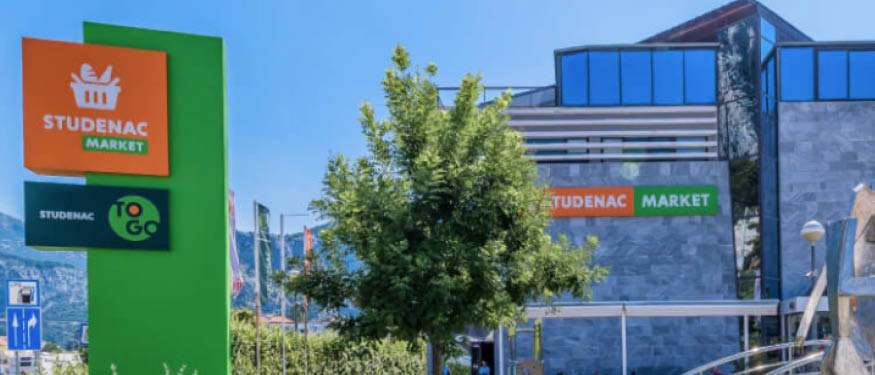Despite its diverse terrain and impassable regions, Montenegro has made remarkable progress in developing its infrastructure and transport network over the last couple of years.
One of the most important infrastructural projects in Montenegro is the construction of the Bar-Boljare highway. The highway is part of Corridor 11, which will link Serbia and Montenegro with the European Union countries, and will expand from Timisoara in Romania, through Vrsac, Belgrade, Cacak, Pozega, and Podgorica, to Bar, and eventually will be connected to Bari, in Italy, across the Adriatic Sea.
Also, another infrastructure project being considered is a section of the Adriatic-Ionian highway that would be the fastest connection between Eastern and Western Europe, and which – together with the Bar-Boljare highway – would significantly contribute to the development not only of Montenegro but of the entire region.
In February 2017, the Government of Montenegro adopted the Railway Development Strategy for the Period 2017-2027. The main goal of the Strategy is to develop the entire railway system, integrating it into the Single European Railway Area (SERA). The overall goal of SERA is to revitalize the railway sector and make European railways more innovative and competitive compared to other models of transport. One of the main goals of Montenegro is to develop a railway system that is market-oriented and sustainable, and which facilitates the development of the country’s economic and tourism sector.
As Montenegro has 288.2 kilometers of coastline on the Adriatic Sea, maritime transportation has a significant role in the country’s economy, tourism, and everyday life. There are six ports in Montenegro currently open for international traffic: Bar, Budva, Kotor, Port Kumbor-Portonovo, Tivat, and Zelenika. These ports are important centers not only of maritime traffic of Montenegro, but also of the entire Adriatic coast. A significant contribution to inland maritime transport is the ferry, that transports passengers on the domestic route from Lepetani to Kamenar (Boka Kotorska).
In terms of air transportation, pursuant to the Law on Concessions on October 11, 2019, the Government of Montenegro has adopted a concession act to sell the concessions for Montenegro’s Tivat and Podgorica International Airports to the competitively-selected best bidder, who will establish and register a legal entity with a seat in Montenegro for performing the concession activity. The subject of the concession is the construction, reconstruction, modernization, maintenance, and use of the Airports of Montenegro. On December 25, 2020, the Government of Montenegro announced its decision to close indebted flag carrier Montenegro Airlines at the end of December and set up a new air carrier, ToMontenegro, which should become operational in 2021. Montenegro Airlines had been struggling with financial problems for many years, and the COVID-19 pandemic and associated restrictions on movement were the final blow.
The COVID-19 pandemic has had a negative effect on transportation and infrastructure all around the world, and Montenegro is no exception. The Government of Montenegro adopted measures regarding transportation restrictions in order to contain the spread of COVID-19 infections.
Consequently, there has been a significant decline compared to previous years in the area of transportation of passengers and goods, affecting road, air, rail, and maritime transport. The situation has had an extremely negative impact on Montenegro’s economy – especially in the tourism sector, which has suffered unfathomable damage.
Due to the COVID-19 pandemic all of the Government of Montenegro’s attention has been focused on preventing the transmission of the virus and preserving human health, while minimizing the negative consequences of the COVID-19 pandemic on the country’s economy. Therefore, all planned infrastructure and transportation projects have been significantly slowed down.
Bearing all circumstances in mind, it may be a while before Montenegro is able to return to the path of economic development it was on before the pandemic struck.
By Igor Zivkovski, Partner, Zivkovic Samardzic Law Office
This Article was originally published in Issue 8.3 of the CEE Legal Matters Magazine. If you would like to receive a hard copy of the magazine, you can subscribe here.
















